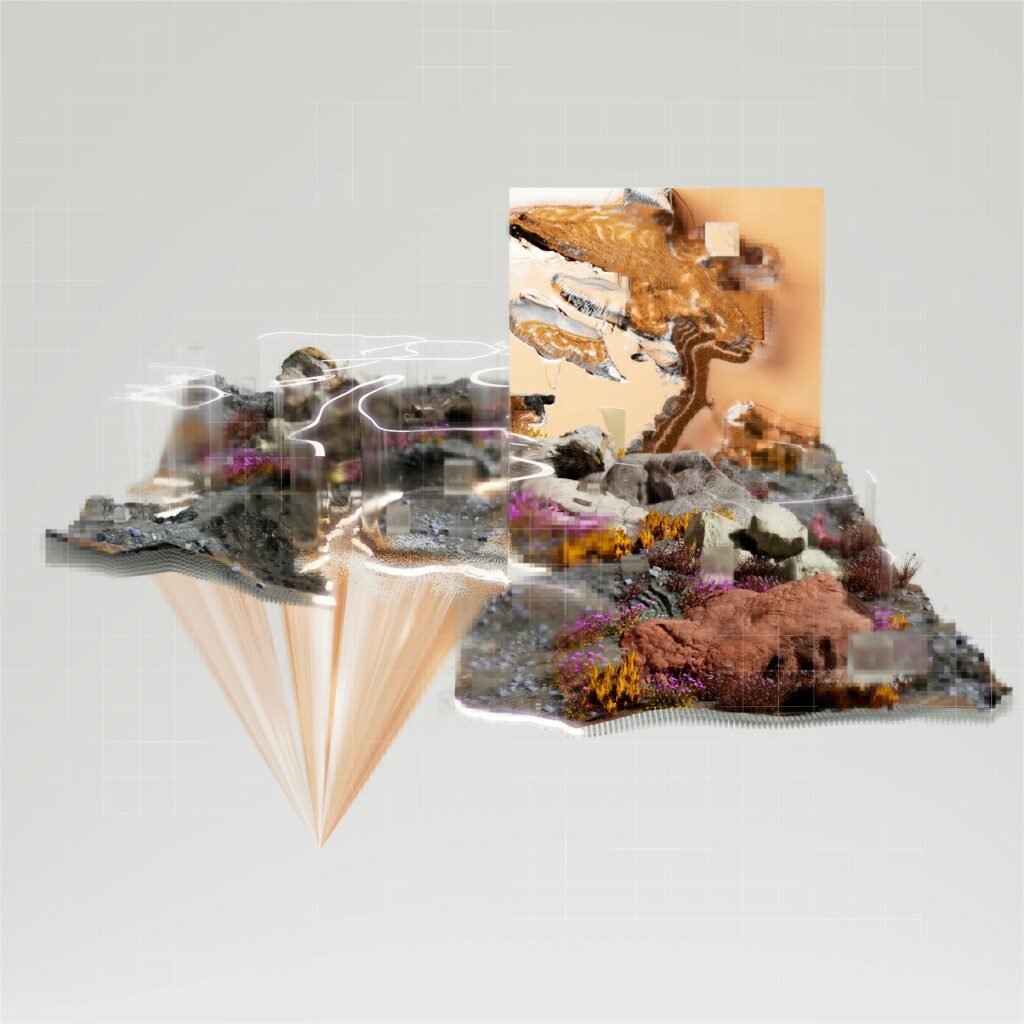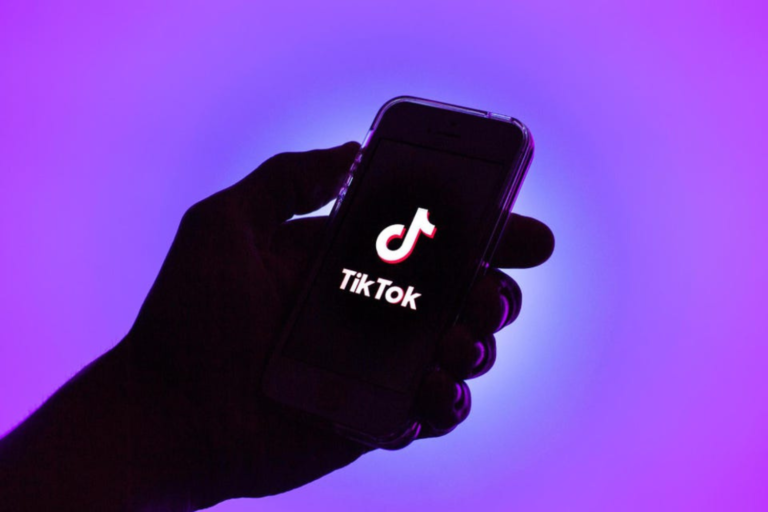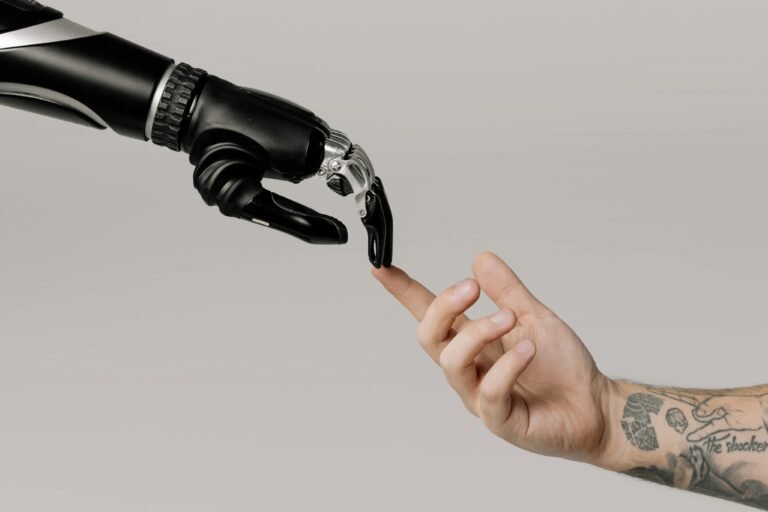Web design trends to live by in 2025 if you make a living online
In the fast-paced digital world of 2025, web design is more than just aesthetics—it’s about creating seamless, engaging, and accessible experiences that support your business goals. Whether you run an e-commerce store, a blog, or a personal brand, the design of your website can make or break your success.
As technology evolves and user expectations rise, staying ahead of website design trends is essential for anyone making a living online.
Here are the web design trends and principles to live by in 2025 to ensure your online presence remains impactful and effective…
Minimalism meets functionality
Minimalism continues to reign supreme, but in 2025, it’s less about stark white spaces and more about purposeful design. Every element on your site should serve a function, whether it’s guiding users to take action, enhancing accessibility, or reinforcing your brand identity. Clean layouts, intuitive navigation, and strategically placed calls to action are essential. By reducing visual clutter and focusing on clarity, you can create a website that feels modern and easy to use.
Embrace AI-driven personalization
Artificial intelligence has revolutionized web design, allowing for hyper-personalized user experiences. In 2025, successful websites leverage AI to analyze user behavior and deliver tailored content, product recommendations, and dynamic layouts in real-time.
For example, an online store might display different homepage banners depending on a user’s browsing history, while a blog could recommend articles based on the reader’s interests. This level of customization enhances engagement and increases conversions, making AI integration a must-have for professionals online.
Read also…

Prioritize accessibility
Accessibility is no longer optional—it’s a cornerstone of web design. In 2025, websites must cater to users of all abilities, following standards like WCAG (Web Content Accessibility Guidelines). Features such as keyboard navigation, screen reader compatibility, high-contrast color schemes, and clear, descriptive alt text for images are non-negotiable.
Beyond compliance, prioritizing accessibility is an ethical choice that widens your audience and ensures everyone can interact with your content.
Design for speed and performance
With faster internet speeds and higher expectations, slow-loading websites simply won’t survive in 2025. Users expect pages to load almost instantly, and search engines prioritize performance in their rankings. Optimize your website by compressing images, using lightweight code, and implementing caching strategies.
Tools like lazy loading and responsive design also ensure your site performs well across devices, offering a seamless experience for every visitor.
Immersive and interactive experiences
As technology like WebGL and 3D rendering becomes more accessible, interactive and immersive web designs are becoming the norm. Websites in 2025 go beyond static layouts, incorporating animations, virtual try-ons, and gamified elements to captivate users. These features not only make your site more engaging but also leave a lasting impression, encouraging visitors to return.
For businesses, these immersive experiences can be powerful tools for storytelling and brand differentiation.
Read also…
Mobile-first, always
With mobile usage continuing to dominate, designing for smaller screens first is a strategy to live by in 2025. Responsive design is a given, but mobile-first thinking goes further by prioritizing features and layouts that work best on mobile devices. Ensure touch-friendly navigation, prioritize fast-loading elements, and use scalable typography that looks great on any screen size. By catering to mobile users, you’ll capture the majority of your audience where they’re most active.

Focus on ethical and sustainable design
In 2025, consumers are increasingly conscious of the ethics behind the businesses they support, and web design plays a role in this perception. Sustainable web design—such as optimizing for energy efficiency by reducing unnecessary elements—shows your commitment to the environment.
Transparency, inclusive imagery, and honest messaging also build trust and reflect a strong ethical foundation. These choices resonate with audiences and set you apart in a crowded digital landscape.
Enhanced microinteractions
Microinteractions—small, subtle animations or effects—add an element of delight to your website. Think buttons that change color when hovered over, loading animations, or smooth scrolling effects. These details may seem minor, but they enhance user engagement and communicate attention to detail.
In 2025, microinteractions are more dynamic, often tied to AI or data-driven insights, creating a website experience that feels fluid and responsive to user input.
Storytelling through visuals
Storytelling has always been a powerful tool, and in 2025, it’s integrated directly into web design. High-quality visuals—whether they’re videos, animations, or interactive infographics—help convey your brand’s story and values. Hero sections with short, impactful videos are particularly popular, grabbing attention within seconds. Remember, your visuals should complement your message, guiding users through a narrative that leaves them inspired and informed.

Trust-centric design
Trust is the foundation of any online business. Websites in 2025 emphasize trust-building elements like SSL certificates, transparent policies, and user testimonials prominently displayed.
A clean, professional design signals reliability, while elements like secure payment options and clear contact information further reassure visitors. The easier you make it for users to trust you, the more likely they are to engage with your brand or make a purchase.
See this…
Web design in 2025 is about much more than looking good—it’s about creating meaningful connections, solving user problems, and supporting your business goals. By embracing the latest trends and prioritizing functionality, accessibility, and ethics, you can design a website that not only survives but thrives in the ever-changing digital landscape.
Whether you’re building from scratch or optimizing an existing site, let these ideas guide you toward a website that truly reflects your vision and values while meeting the demands of today’s online audience. After all, in a world where your website is often your first impression, great design isn’t just an option—it’s a necessity.
See this…
Get fresh content delivered to you
Sign up to our newsletter and receive our latest updates and exclusive content. No spam, one e-mail per week, maximum!







